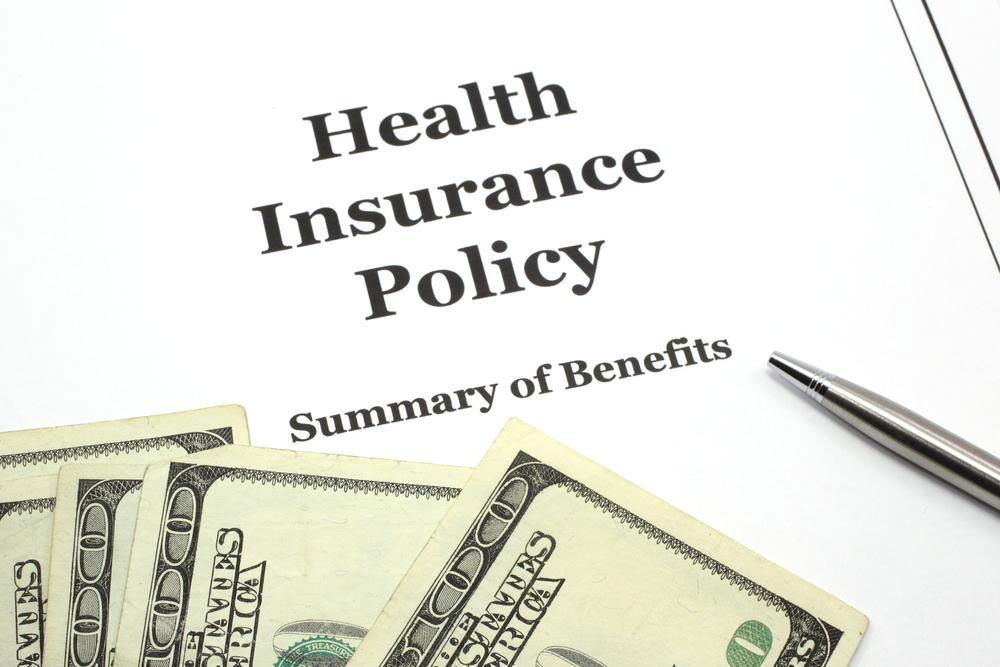8 Essential Resources for Supporting Low-Income Families
Discover eight key assistance programs designed for low-income families, including unemployment benefits, TANF, food programs, housing aid, and health coverage. Learn how to access these resources to improve financial stability and well-being.

8 Essential Resources for Supporting Low-Income Families
The federal government collaborates with state agencies to provide vital assistance programs aimed at low-income households. These initiatives subsidize costs related to food, housing, healthcare, education, and other essentials, helping families access critical resources. Below is a summary of some key programs designed to support those in need.
Unemployment Benefits
Managed by state agencies and funded through federal unemployment taxes (FUTA), this program offers temporary cash assistance to individuals who lose jobs through no fault of their own. Some states also collect their own taxes (SUTA). Eligibility varies; applications are processed via local unemployment offices.
The primary aim of unemployment benefits is to provide short-term financial relief for unemployed individuals. Not everyone qualifies, so checking eligibility is recommended. Applications are submitted through state unemployment agencies.
Temporary Assistance for Needy Families (TANF)
Formerly known as welfare, TANF is a federally funded program administered by states to assist low-income families temporarily. It offers support for job training, childcare, housing, food aid, and energy bills. Applicants must engage in work activities as required by their state. Applications are made through local social services or state TANF offices.
Assistance includes resources for employment, childcare, and basic needs, aiming to stabilize families in transition.
Affordable Connectivity Program (ACP)
Launched in 2022 to succeed the Emergency Broadband Benefit, the ACP is part of the Infrastructure Investment and Jobs Act. It provides discounts on internet services and offers subsidies for purchasing devices like laptops or tablets from participating providers. To qualify, households must have incomes at or below 200% of the Federal Poverty Level. Applications are available at ACPBenefit.org.
WIC - Special Nutrition Program for Women, Infants, and Children
This federally funded program supports low-income pregnant women, nursing mothers, postpartum women (up to six months), and children under five. Benefits include nutritious foods, nutrition counseling, and referrals to health and social services. Income criteria are available on the official WIC FAQ page, and agencies partner with authorized retailers to distribute benefits.
School-based Food Assistance
Programs like the National School Lunch, Summer Food Service, and School Breakfast provide free or subsidized meals to children from low-income families. Eligibility is typically based on family income being below 130% of the federal poverty level, with reduced-cost options for households between 130% and 185%.
Senior Food Programs
For seniors, assistance includes the Senior Farmers’ Market Nutrition Program, offering coupons to buy fresh produce, and the Commodity Supplemental Food Program, providing monthly meals. Applicants must be aged 60 or above and reside in areas where these programs operate.
Housing Assistance
Housing aid includes privately owned subsidized units, HUD’s public housing, and the Housing Choice Voucher program (Section 8). Applicants can apply through local rental offices or housing authorities, depending on the program, to secure affordable housing based on income levels.
Health Coverage via ACA Marketplace
Under the Affordable Care Act, the Health Insurance Marketplace helps uninsured Americans obtain affordable health plans. Those with low income may qualify for subsidies that reduce premiums and out-of-pocket costs. Applications are available online and tailored to income levels.










